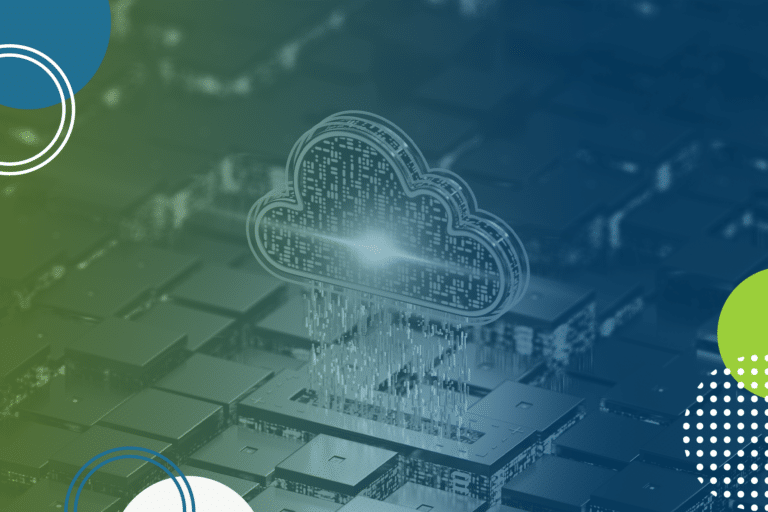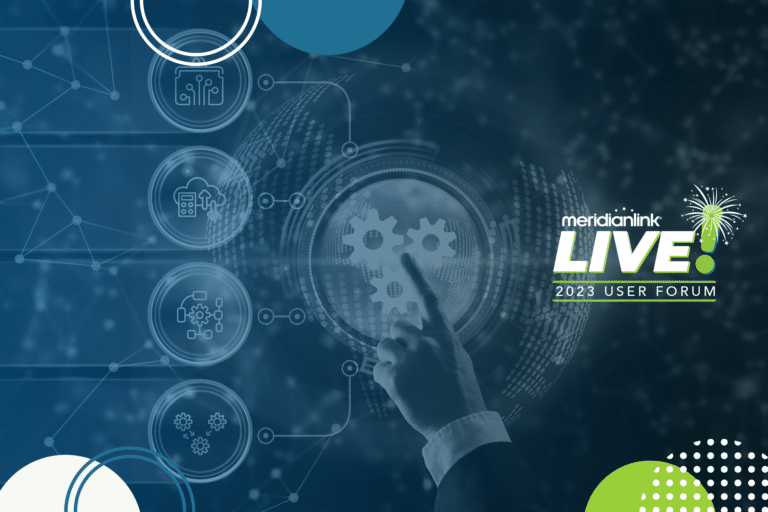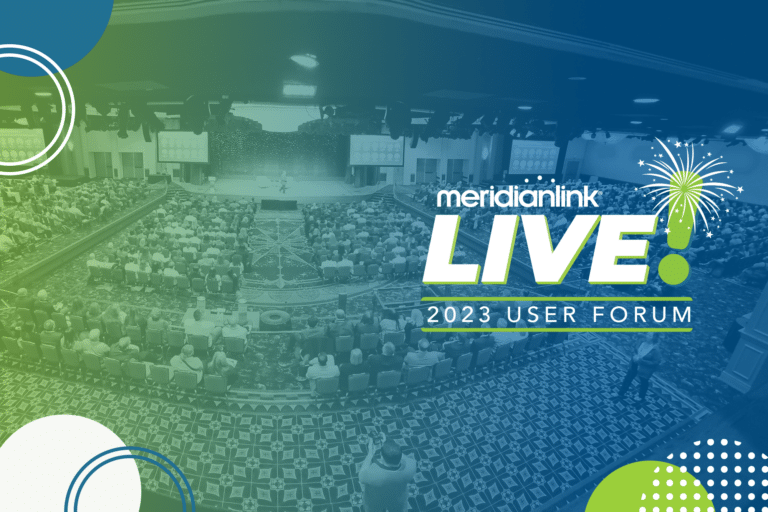From record inflation to rising interest rates, consumers face a growing number of financial pressures. With global analysts predicting a gloomy and more uncertain economic future, consumers are looking to financial institutions for support.
According to the J.D. Power 2022 U.S. Retail Banking Satisfaction Study, the key metric driving consumer satisfaction with banks and credit unions is their ability to provide support during challenging times. Consumer expectations for support include personalized offers and advice to help them save time and money.
What keeps many FIs from implementing an effective personalized banking program is their data strategy. With consumer data siloed in legacy systems, these institutions struggle to identify and respond to consumer needs at the right time.
The first step toward optimizing your data to better meet consumer expectations is understanding what personalized banking is and why it matters.
What Is Personalized Banking?
Personalized banking is a data-driven approach aimed at providing products and services based on individual consumer needs. Financial institutions deliver personalized banking by leveraging consumer data to provide real-time financial advice, offers, and rewards to help individuals and households improve financial decision-making and money management.
Examples of personalized banking include:
- Advice for saving time and money by automatically transferring a percentage of cash into a savings account each month
- Account alerts for everything from a large ATM withdrawal to a low balance
- Overdraft fee relief to reduce or eliminate fees charged for insufficient funds
- Loan and credit card offers that improve on the terms of an existing loan or account
- Subscription tracking to help consumers monitor and cancel automatic payments for ongoing services such as media streaming or fitness club memberships
Why Personalization Matters
An FI’s ability to provide personalization-as-a-service is linked to increased consumer engagement and loyalty. The 2022 J.D. Power study found that 78% of consumers who believe their bank supports them during challenging times say they’ll definitely reuse their bank for this type of support and 63% say they definitely won’t switch banks.
The types of support most in demand from consumers are help avoiding fees (46%) and account alerts (37%). Although personalized support dramatically increases consumer satisfaction, less than half (44%) of banks currently deliver on this metric.
With the recent acceleration in the trend toward digital banking, Deloitte reports that consumer expectations have moved beyond convenience and flexibility toward tailored services with a human touch. Their survey revealed that the most important factor in maintaining the business of at-risk consumers is an FI’s ability to provide personalized offerings and experiences, which requires a data strategy that supports targeted access to transactional and behavioral data.
Barriers to Personalization
Taking an in-depth look at personalization initiatives, McKinsey & Company reports that personalization fails when FIs attempt to manage consumer data manually and in silos. They list sporadic and inconsistent consumer data as one of the top barriers to delivering personalization at scale.
Beyond siloed data, FIs also face siloed organizational structures, with some viewing personalization programs as being owned by either marketing or IT.
McKinsey says the solution is reframing personalization as a joint initiative focused on creating value to the consumer and prioritizing metrics such as retention and satisfaction over click rates and conversions. They report 5–15% higher campaign revenues in as little as half the time among FIs using this strategy. Their recommendations for achieving these outcomes include investing in integrated technology and collaborating with third-party partners to connect disparate systems and optimize data across the organization.
Getting Started
So how can your financial institution deliver personalized support during challenging times—and during the best of times?
By using MeridianLink Engage to leverage the data you already have, you can better understand the needs of your consumers and create data-driven communication programs to build stronger relationships.
Download our ebook to learn more: 3 Ways to Increase Customer Engagement and Build More Profitable Relationships.






